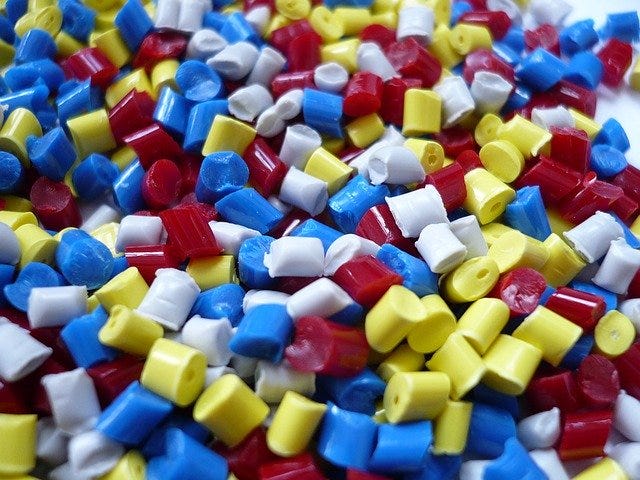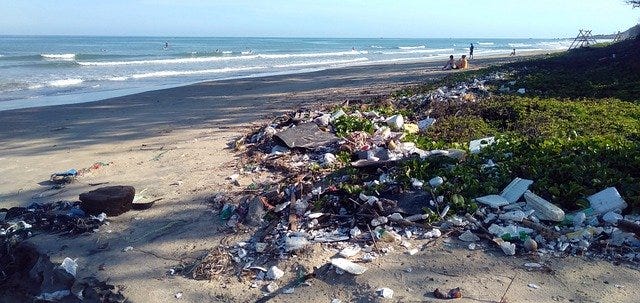Understanding the Impact of Microplastics on Human Health
Written on
Chapter 1: The Ubiquity of Microplastics
Recent studies have revealed alarming levels of microplastics present in various human organs. Researchers found significant amounts in the liver, kidneys, lungs, and spleen of donated cadavers. Rolf Halden from Arizona State University's Biodesign Center for Environmental Health Engineering noted, "Our investigations have uncovered these plastic chemicals in every organ we examined." This indicates that our bodies are not only struggling to eliminate these minute particles but are also at risk due to their harmful effects.

Chapter 2: The Harmful Effects of Microplastics
The presence of these rigid microparticles can adversely affect organ structure and function, akin to the damage caused by asbestos fibers. The minute abrasions they cause can lead to severe irritation and inflammation, resulting in long-term harm. Medical professionals have been aware of the dangers posed by plastics for some time, with research linking them to various health issues, such as diabetes and fertility problems. Halden's team analyzed 47 samples to investigate how tiny particles could migrate from the digestive tract into the bloodstream.
Plastics are categorized as micro when they measure less than 5 millimeters in size. However, Halden's research delved into particles as small as 1 micron (0.001 mm), which is significantly smaller than a human hair, roughly 50 microns wide. A previous study by Dianna Cohen, head of the non-profit Plastic Pollution Coalition, estimated that individuals consume about 5 grams of plastic weekly, equivalent to a credit card. With Halden's advanced techniques for detecting smaller particles, this estimate may be conservative.
We Consume a Credit Cards Worth of Plastic Every Week: Understanding Microplastics
This video explores how microplastics infiltrate our bodies, their sources, and the potential health risks associated with their accumulation.
Halden aims to create a comprehensive "atlas of human pollution," starting with an online calculator designed for researchers to quantify plastic contamination in specific tissue volumes. Although his current study is preliminary, he aspires to secure further support to enhance this research. His ultimate goal is to shed light on how our environment might be contributing to long-term health issues at a microscopic level.
Chapter 3: The Inescapability of Microplastics
Halden emphasizes the difficulty of avoiding microplastics, as they are found in tap, bottled, and sea water, as well as in the air we breathe and the food we consume. A recent study published in Environmental Science and Technology revealed that various seafood, including oysters and crabs, contained plastic contaminants from both the University of Exeter and the University of Queensland.
If plastics enter our bloodstream, they will also affect plants and livestock, exposing all diets to this risk. Nevertheless, there are practical ways to mitigate microplastic exposure, such as opting for ceramic, glass, or stainless-steel containers, avoiding plastic-wrapped goods, and choosing reusable items. It's also crucial to be aware that many tea bags, although they appear paper-based, may contain plastic components that compromise quality and safety.

Chapter 4: The Need for Change
While these methods are sensible, reducing exposure to contaminated air and food is more challenging unless one can cultivate crops in a pristine environment. A recent campaign in the UK has successfully pressured manufacturers of toiletries and cleaning products to limit microplastic usage. Now, it is essential to expand these efforts to safeguard both public health and the environment from the long-lasting effects of non-biodegradable particles.
By reducing plastic consumption, we can influence manufacturers to change their practices. Furthermore, raising awareness can transform this issue into a global priority, compelling political leaders to take necessary actions. Until then, it is vital that scientists continue to share concrete evidence about the adverse effects of pollution on our lives.
Are You Eating a Credit Card Every Week?
This video discusses the pervasive issue of microplastics in our food supply and their potential health consequences.